Home>diy>Architecture & Design>How To Sell A House Design
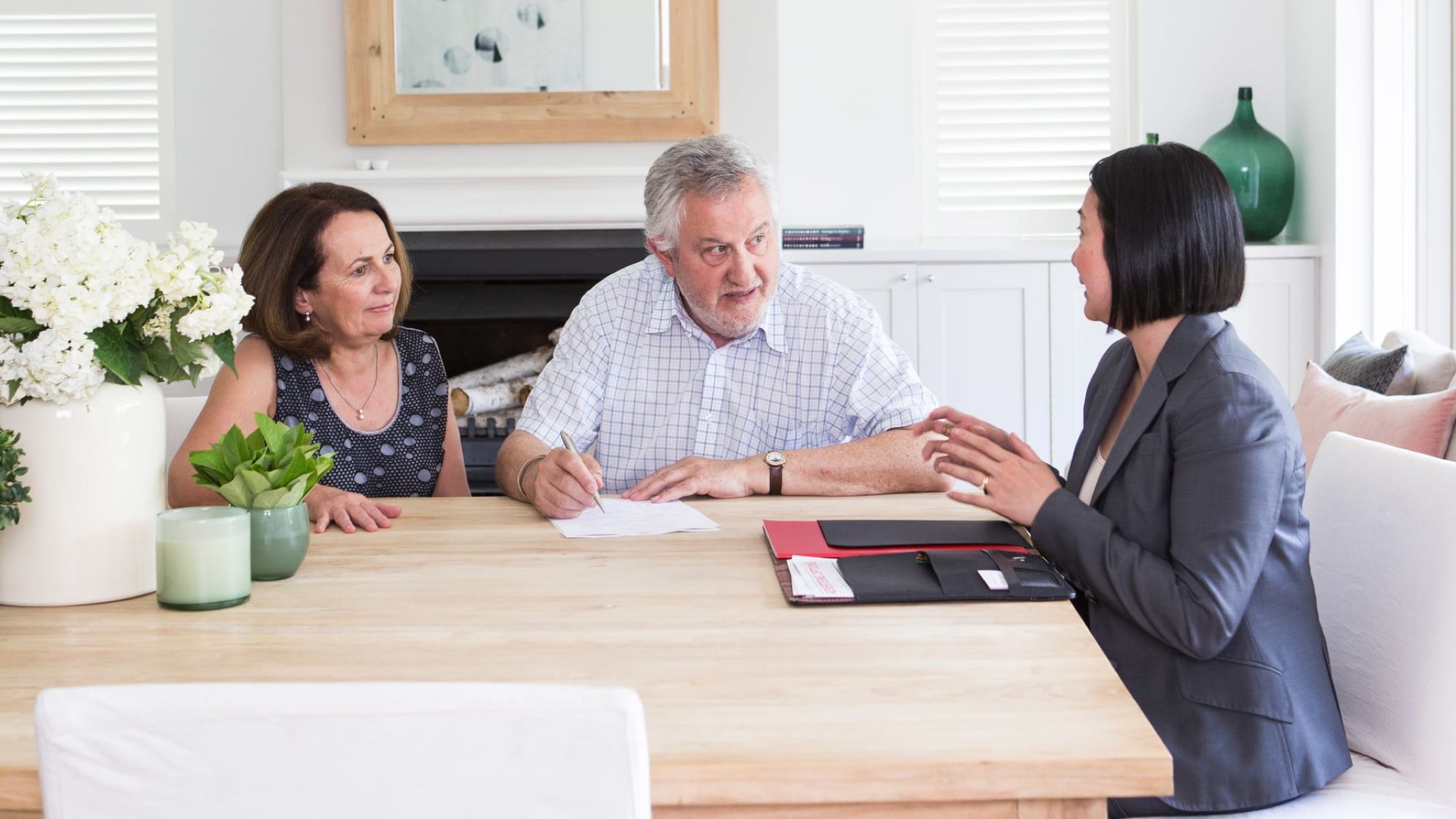

Architecture & Design
How To Sell A House Design
Modified: August 26, 2024
Learn how to sell a house design successfully with our expert tips and strategies. Boost your architecture design sales and maximize profits.
(Many of the links in this article redirect to a specific reviewed product. Your purchase of these products through affiliate links helps to generate commission for Storables.com, at no extra cost. Learn more)
Introduction
When it comes to selling a house, the design of the property plays a crucial role in attracting potential buyers. A well-designed house not only enhances the aesthetic appeal but also adds value to the property. Whether you are a homeowner looking to sell your own house or a real estate agent working with clients, understanding how to effectively sell a house design is essential.
In this article, we will guide you through the step-by-step process of selling a house design. From preparing the house for sale to closing the deal, we will provide valuable insights and techniques to help you achieve success in the real estate market. So, let’s dive in and discover how to sell a house design with ease and effectiveness.
Key Takeaways:
- Prepare the house design by cleaning, staging, and enhancing curb appeal to attract potential buyers and increase the property’s market value.
- Research local market trends, consult with professionals, and utilize effective marketing strategies to determine the optimal selling price and reach qualified buyers.
Read more: Home Improvements When Selling A House
Step 1: Prepare the House Design
Before putting your house design on the market, it is important to ensure that it is in the best possible condition. This involves cleaning, decluttering, staging, making necessary repairs and renovations, and enhancing curb appeal. Here are the key steps to prepare your house design:
Clean and declutter the space: A clean and clutter-free space makes a positive impression on potential buyers. Start by thoroughly cleaning every room, including floors, walls, windows, and fixtures. Declutter by removing personal items, excess furniture, and unnecessary decorations. This will create a sense of space and allow buyers to envision themselves living in the house.
Stage the rooms: Staging involves arranging furniture, adding decor, and creating a welcoming atmosphere that highlights the best features of the house design. Consider hiring a professional stager who can maximize the appeal of each room. Alternatively, you can research staging techniques and do it yourself. The goal is to create a neutral and inviting ambiance that appeals to a wide range of potential buyers.
Make necessary repairs and renovations: Inspect the house design for any repairs or improvements that need to be addressed. Fix leaky faucets, cracked tiles, squeaky doors, and other minor issues. If there are major renovation projects that could significantly increase the value of the property, consider investing in them before listing the house for sale. However, be mindful of the return on investment and consult with professionals to determine the most cost-effective improvements.
Enhance curb appeal: First impressions matter, and the exterior of the house design is the first thing potential buyers will see. Make sure the front yard is well-maintained by mowing the lawn, trimming bushes, and planting colorful flowers. Consider repainting the exterior, replacing old hardware such as doorknobs and house numbers, and ensuring the driveway and walkways are in good condition. These small improvements can greatly impact the overall appeal of your house design.
By taking the time to prepare your house design, you are creating an inviting and desirable space that will attract potential buyers. Remember, a well-maintained and visually appealing house design can significantly increase its market value and speed up the selling process.
Step 2: Determine the Selling Price
Setting the right selling price for your house design is crucial in attracting potential buyers and maximizing your profit. To determine the optimal selling price, you need to consider various factors such as local market trends, the costs associated with the house design, and seek advice from real estate professionals. Here are the key steps to determine the selling price:
Research local market trends and prices: Start by researching the current real estate market in your local area. Look at recent sales of similar properties in your neighborhood to get an idea of the average selling price. Consider the demand and supply dynamics, economic factors, and any upcoming developments or infrastructure projects that could impact property values. This research will provide you with valuable insights into the pricing trends in your area.
Consider the costs of the house design: Evaluate the costs involved in designing and maintaining your house. Take into account the initial construction or renovation expenses, as well as any ongoing maintenance costs. Consider the quality and uniqueness of the design, as well as any additional features or upgrades that add value to the property. These factors will help you determine the fair market value of your house design.
Consult with real estate professionals: Seek guidance from experienced real estate professionals, such as appraisers or real estate agents, who have in-depth knowledge of the local market. They can conduct a comparative market analysis (CMA) to determine the worth of your house design based on recent sales data, current market conditions, and the unique features of your property. Their expertise and insights will assist you in setting a realistic and competitive selling price.
Keep in mind that pricing your house design too high can discourage potential buyers, while pricing it too low may result in missed opportunities for maximizing your profit. Striking the right balance requires careful consideration of market factors and professional advice. Remember, a well-priced house design stands a better chance of attracting interested buyers and generating favorable offers.
Step 3: Market the House Design
Once your house design is prepared and the selling price is determined, it’s time to focus on effectively marketing the property to reach potential buyers. Effective marketing strategies will help generate interest, attract qualified buyers, and ultimately lead to a successful sale. Here are the key steps to market your house design:
Take high-quality photographs: Invest in professional photography or use a high-quality camera to capture appealing images of your house design. Good photography can greatly enhance the visual appeal of your listing and create a positive first impression for potential buyers. Highlight the unique features, spaciousness, and design details of each room to showcase the beauty and functionality of the house design.
Create a compelling listing description: Craft a compelling and descriptive listing description that highlights the key features, amenities, and selling points of your house design. Use persuasive language to create a sense of urgency and excitement. Clearly communicate the benefits and advantages of owning and living in your house design, such as energy-efficient features, smart home technology, or a desirable neighborhood. Engage potential buyers by painting a vivid picture of the lifestyle they can enjoy in your house design.
Utilize online platforms and social media: Take advantage of online platforms and social media channels to reach a wider audience. List your house design on popular real estate websites and utilize their search engine optimization (SEO) features to increase visibility. Promote your listing on social media platforms like Facebook, Instagram, and Twitter to target potential buyers and share it with your network. Consider creating a dedicated website or landing page for your house design to provide additional information and showcase more photos.
Host open houses and private showings: Organize open houses to allow potential buyers to physically experience your house design. Prepare the space by making it welcoming and presentable. Provide informational brochures or flyers with details about the house design and its features. Additionally, schedule private showings for interested buyers who may prefer a more personalized viewing experience. Be flexible with scheduling to accommodate the needs of potential buyers.
By implementing these marketing strategies, you increase the visibility and exposure of your house design to a wide range of potential buyers. Engaging visuals, compelling descriptions, and strategic use of online platforms and in-person events will attract serious buyers and generate offers.
When selling a house design, highlight the unique features and benefits of the design, such as energy efficiency, open floor plan, or custom details, to attract potential buyers.
Step 4: Negotiate with Potential Buyers
Once potential buyers show interest in your house design and start making inquiries, it’s time to enter the negotiation phase. Negotiation is a crucial step in the selling process, as it involves presenting the unique features and advantages of your house design, as well as negotiating the selling price and terms. Here are the key steps to successfully negotiate with potential buyers:
Respond to inquiries and schedule showings: When you receive inquiries from potential buyers, respond promptly and professionally. Provide them with the necessary information they need, such as the house design’s specifications, location, and availability of showings. Schedule showings at convenient times for both parties, allowing potential buyers to witness the beauty and functionality of your house design.
Present the house design’s unique features and advantages: During showings or discussions with potential buyers, highlight the unique features, amenities, and advantages of your house design. Emphasize its architectural design, energy efficiency, smart home technology, spaciousness, or any other selling points that set it apart from other properties on the market. Showcase how your house design can meet the specific needs and desires of potential buyers.
Negotiate the selling price and terms: When it comes to negotiation, be prepared to discuss the selling price and various terms of the sale. Have a clear understanding of your minimum acceptable price and any potential room for negotiation. Listen to the demands and concerns of potential buyers, and strive to find common ground. Be flexible and open to different options, such as adjusting the price, offering incentives, or accommodating certain requests within reason. Collaborate with the buyer to reach an agreement that satisfies both parties.
Remember, negotiation is a give-and-take process. It requires effective communication, active listening, and the ability to understand the needs and motivations of potential buyers. Be patient and remain focused on achieving a mutually beneficial outcome.
Read more: What Home Improvements Help Sell A House?
Step 5: Close the Sale
Closing the sale is the final step in the process of selling your house design. This involves reviewing offers, hiring a real estate attorney, preparing and signing the necessary legal documents, and arranging for the transfer of ownership. Here are the key steps to successfully close the sale:
Review offers and choose the best one: Once potential buyers have made offers on your house design, carefully review each offer. Consider factors such as the offered price, financing conditions, and any contingencies or special requests. Compare the offers, weighing the pros and cons of each. Choose the best offer that meets your requirements and has the greatest likelihood of a successful closing.
Hire a real estate attorney: It is advisable to hire a real estate attorney who specializes in property transactions. They will help ensure that the sale process is legally compliant and protect your interests throughout the closing process. The attorney will review and advise you on the terms and conditions of the offer, assist in drafting or reviewing the purchase agreement, and handle any legal matters that may arise during the closing process.
Prepare and sign the necessary legal documents: Your attorney will guide you through the preparation and signing of the necessary legal documents. This includes the purchase agreement, disclosures, title documents, and any other agreements or addendums required in your jurisdiction. Carefully review the documents, seek clarifications if needed, and sign them in the presence of a notary or witnesses as required by local laws.
Arrange for the transfer of ownership: Once all the legal documents are signed and any necessary inspections or contingencies are satisfied, it’s time to arrange for the transfer of ownership. This involves coordinating with the buyer’s attorney, the title company, and other relevant parties to ensure a smooth and successful transfer of the property. Be prepared to provide any additional documents or information requested by the buyer’s attorney or the title company during this process.
It’s important to note that the specific requirements and procedures for closing a sale may vary depending on the jurisdiction and local regulations. It is recommended to consult with a real estate attorney and follow their guidance to ensure a legally sound and successful closing of the sale.
Congratulations on successfully closing the sale of your house design and transferring ownership to the new buyer!
Conclusion
Selling a house design requires careful planning, preparation, and effective marketing strategies. By following the step-by-step process outlined in this article, you can increase the chances of a successful sale and maximize the value of your property. From preparing the house design to closing the sale, each step plays a vital role in attracting potential buyers and negotiating favorable terms.
Remember to start by preparing the house design by cleaning and decluttering the space, staging the rooms, making necessary repairs and renovations, and enhancing curb appeal. Determining the selling price involves researching local market trends, considering the costs of the house design, and seeking advice from real estate professionals.
Marketing the house design involves taking high-quality photographs, creating a compelling listing description, utilizing online platforms and social media, and hosting open houses and private showings. When negotiating with potential buyers, respond to inquiries promptly, present the house design’s unique features and advantages, and negotiate the selling price and terms with flexibility and open communication.
Finally, closing the sale requires reviewing offers and choosing the best one, hiring a real estate attorney, preparing and signing the necessary legal documents, and arranging for the transfer of ownership. Each step brings you closer to successfully selling your house design and moving on to the next chapter.
As you embark on this journey, keep in mind that selling a house design may have its challenges, but with careful planning, attention to detail, and a positive mindset, you can navigate the process with confidence. Good luck with selling your house design, and may it bring fulfillment and success in the real estate market.
Frequently Asked Questions about How To Sell A House Design
Was this page helpful?
At Storables.com, we guarantee accurate and reliable information. Our content, validated by Expert Board Contributors, is crafted following stringent Editorial Policies. We're committed to providing you with well-researched, expert-backed insights for all your informational needs.
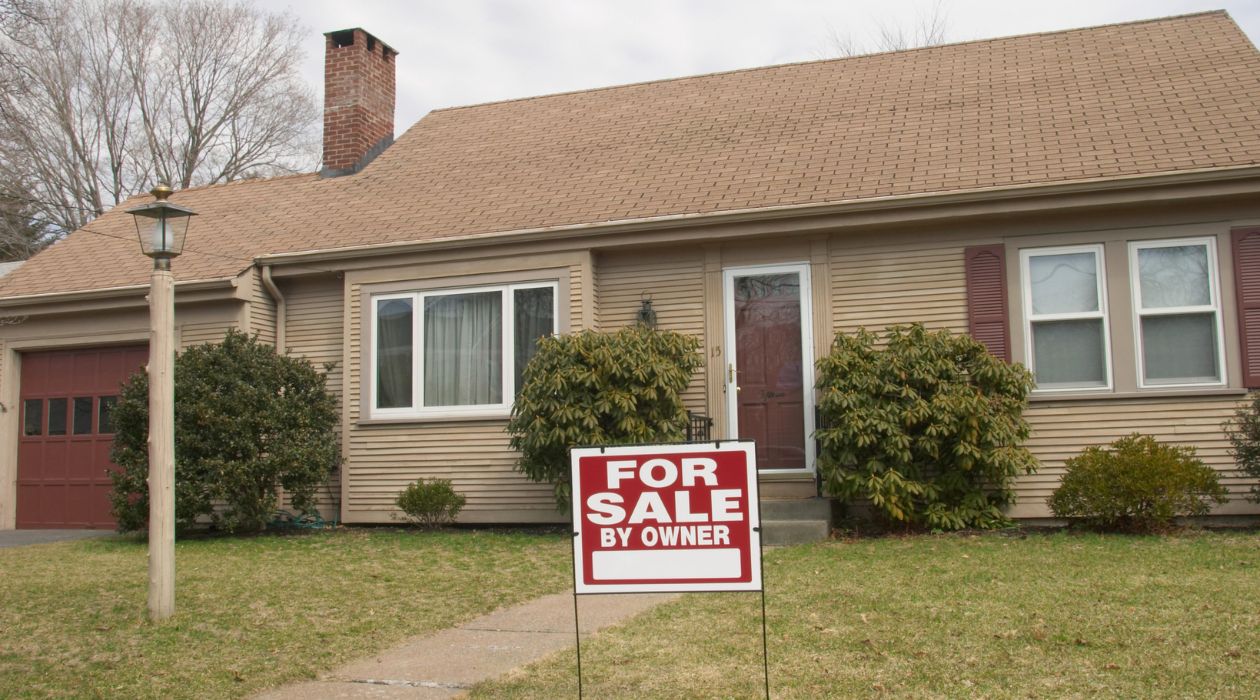
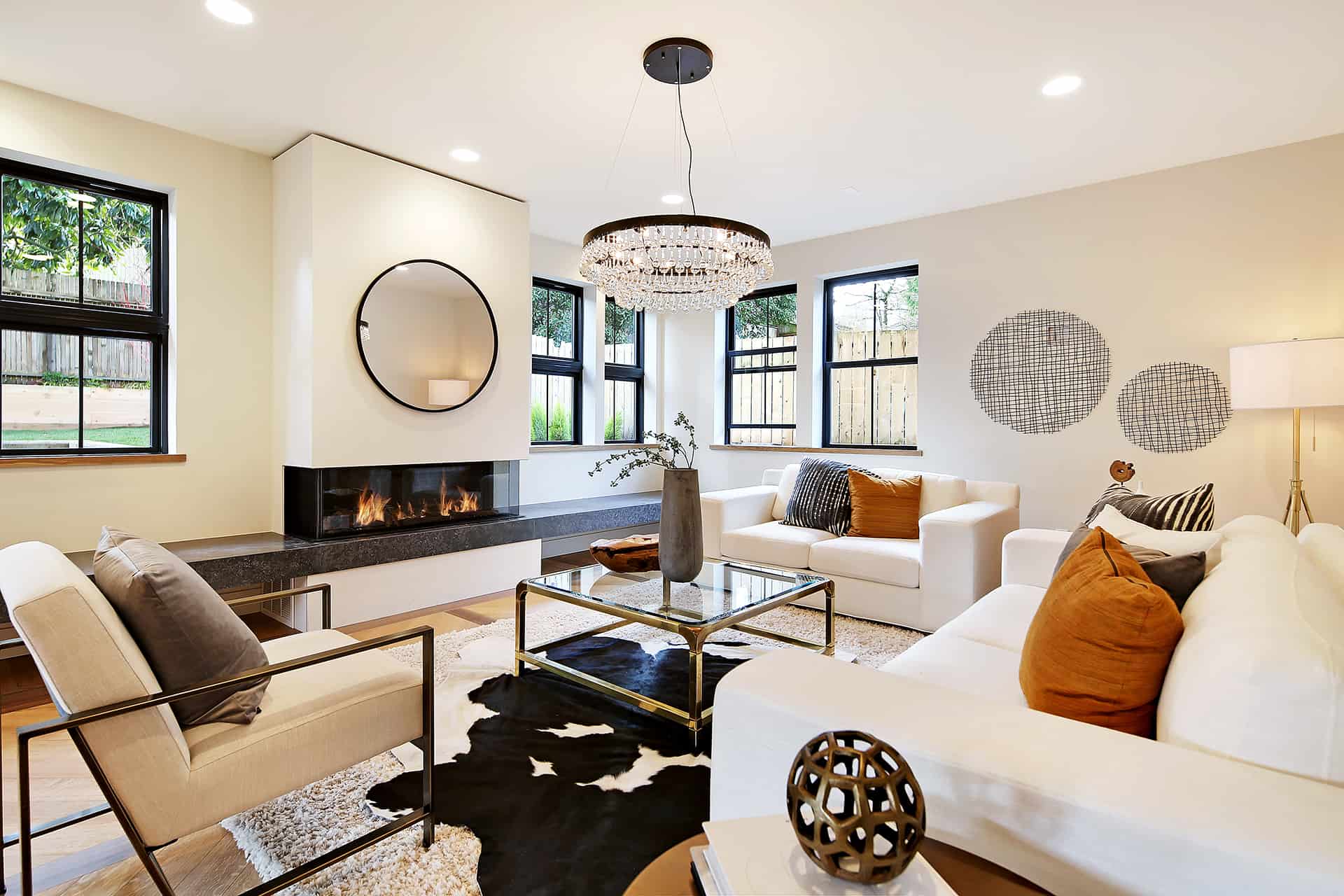
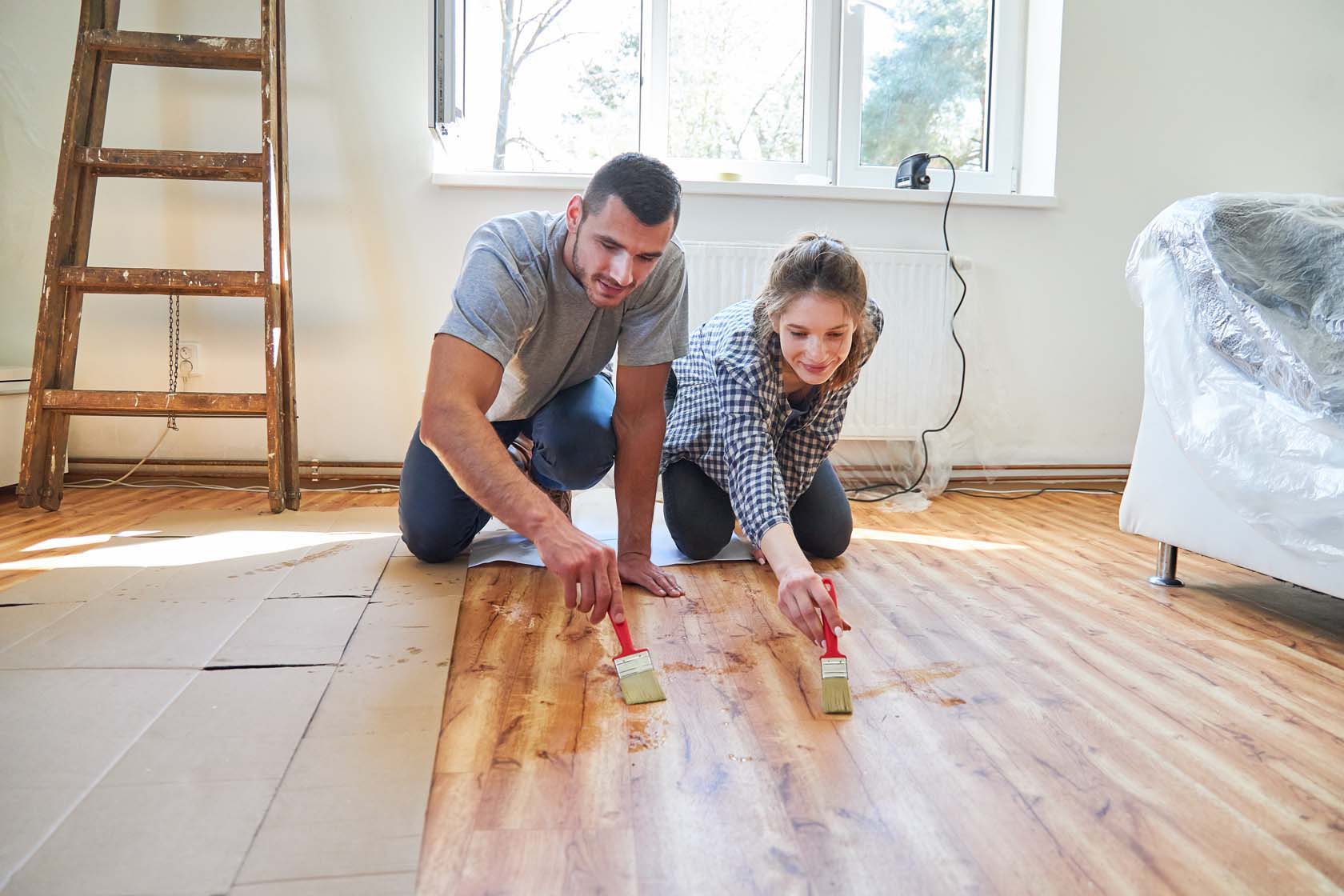
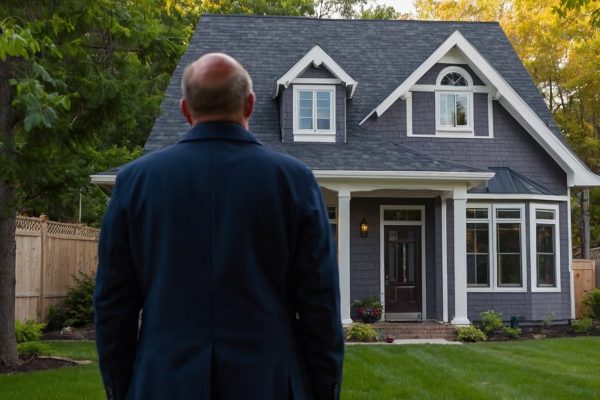
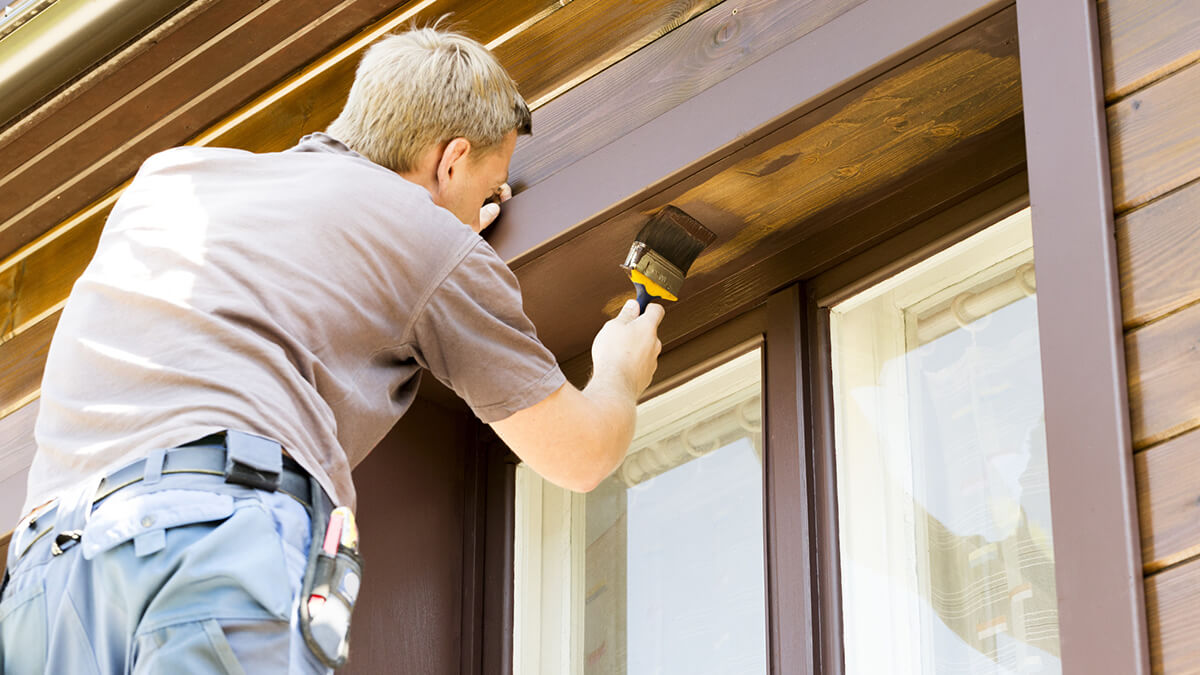

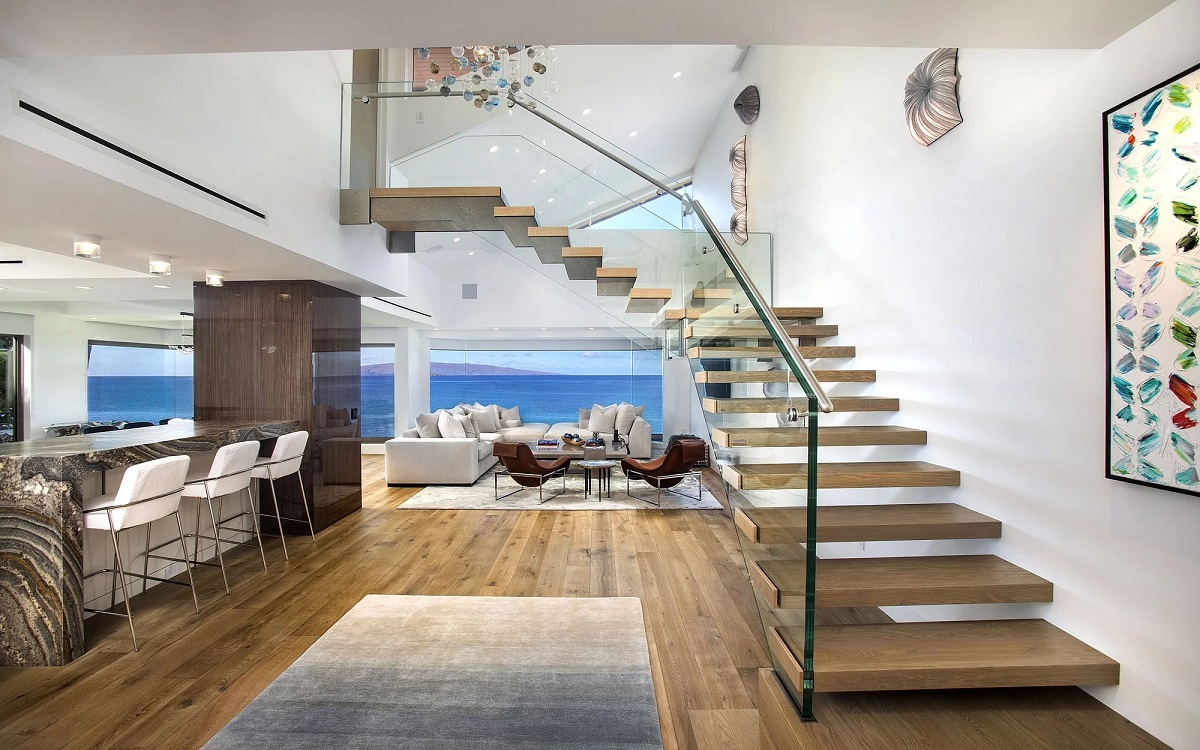
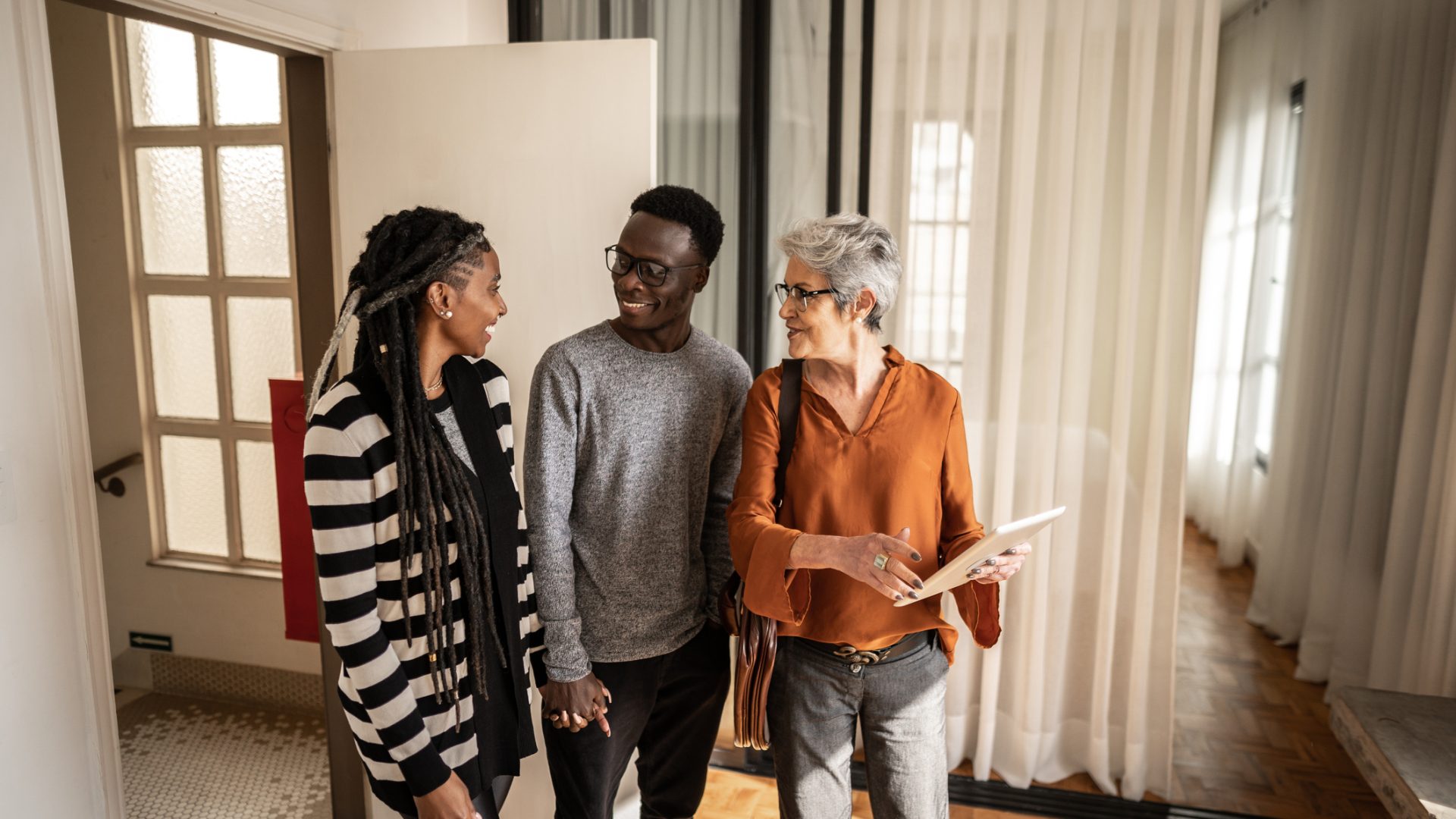
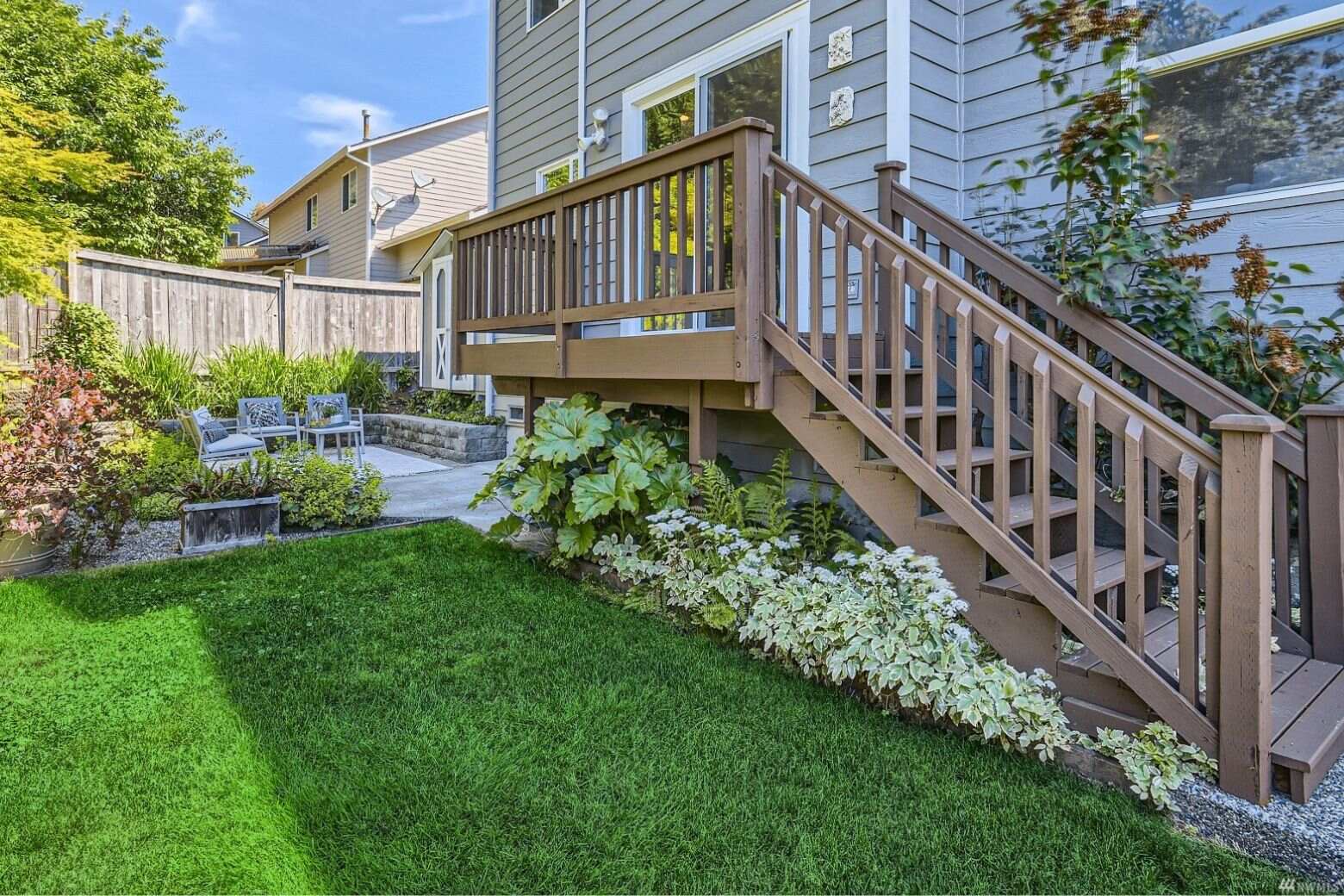

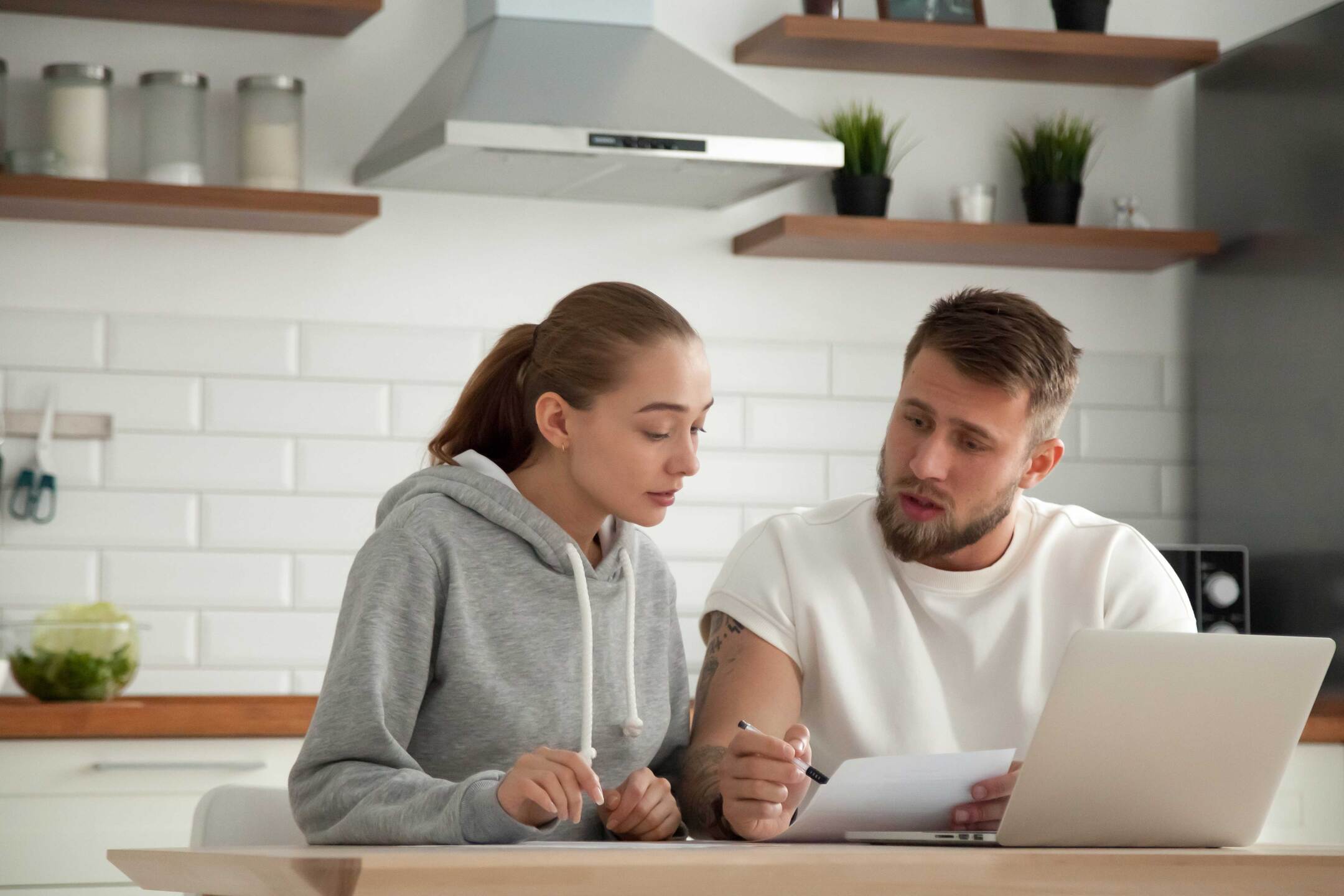
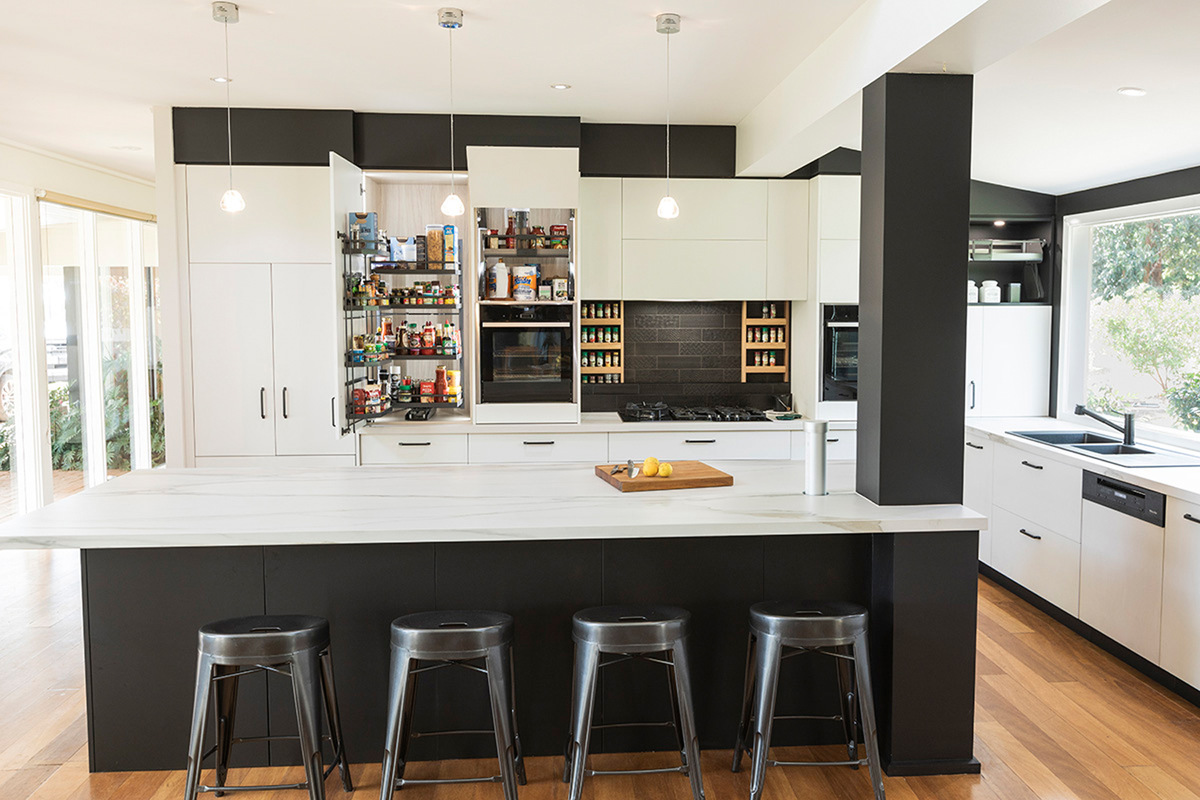
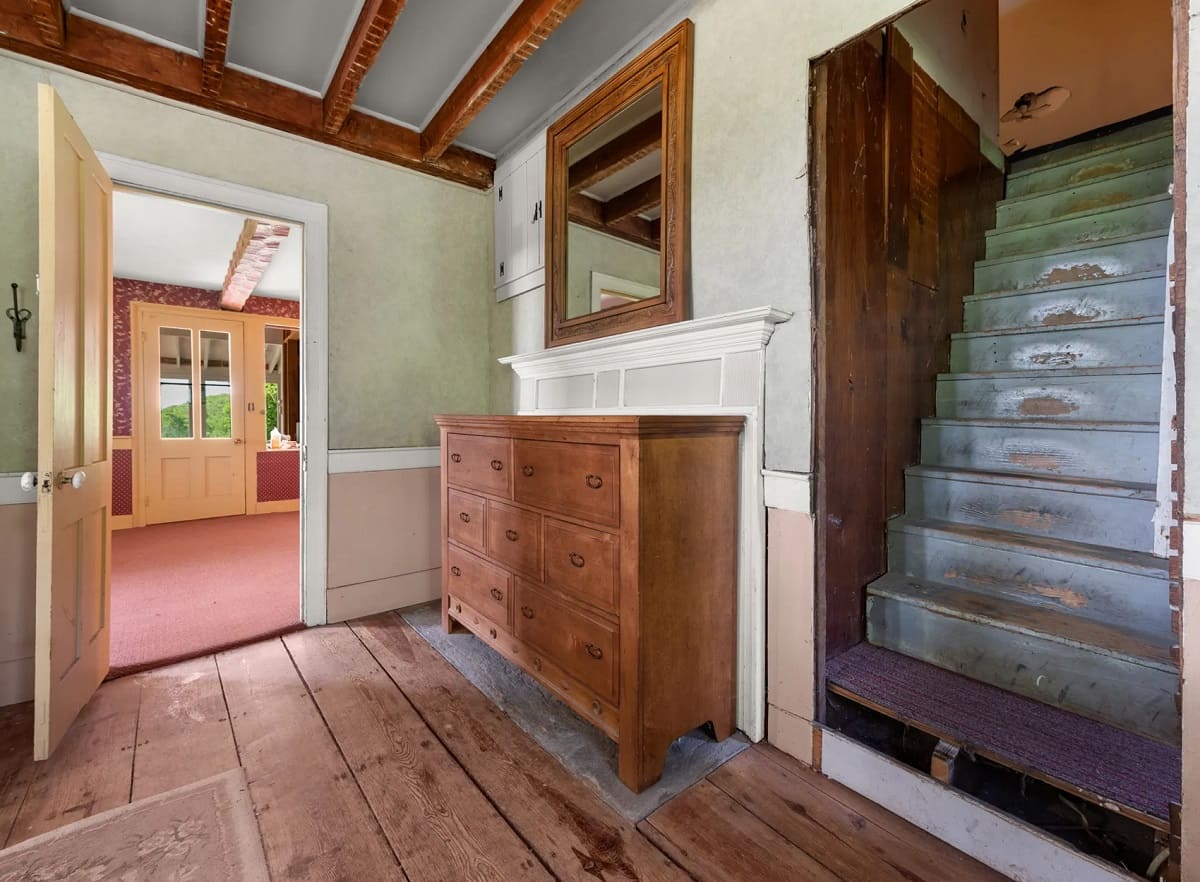
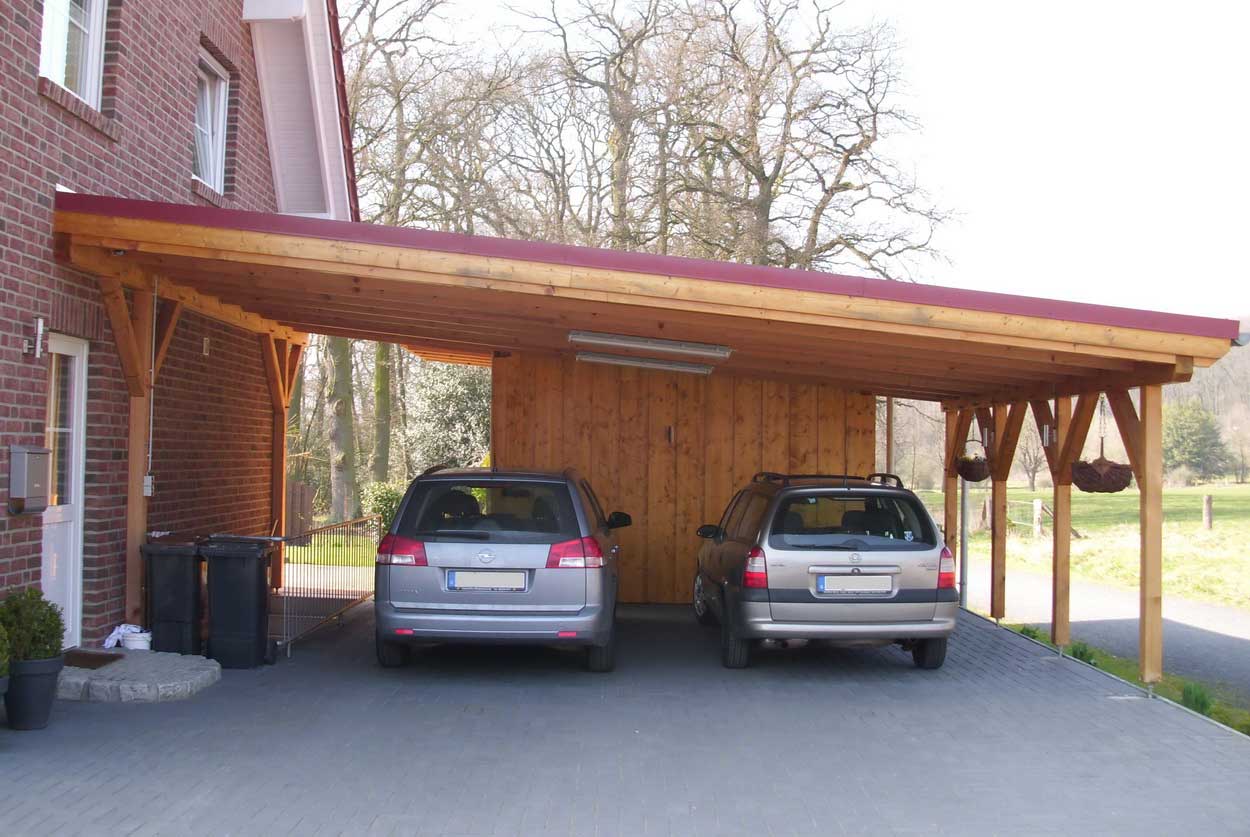

0 thoughts on “How To Sell A House Design”